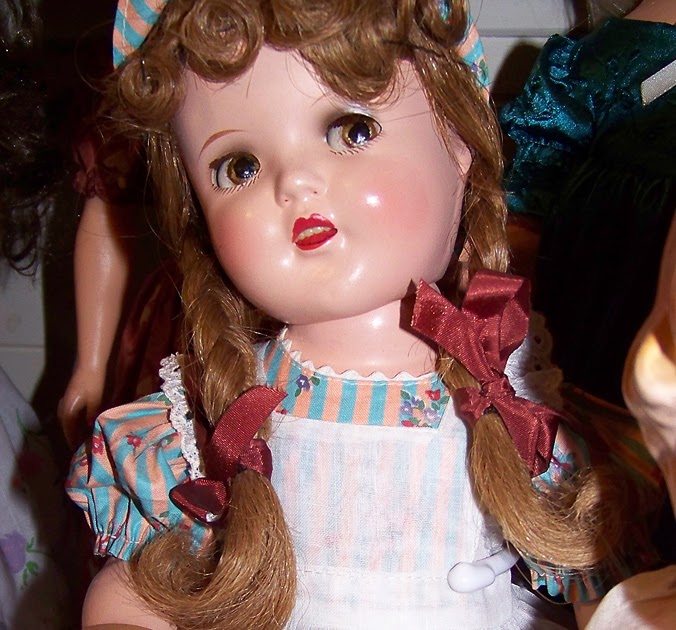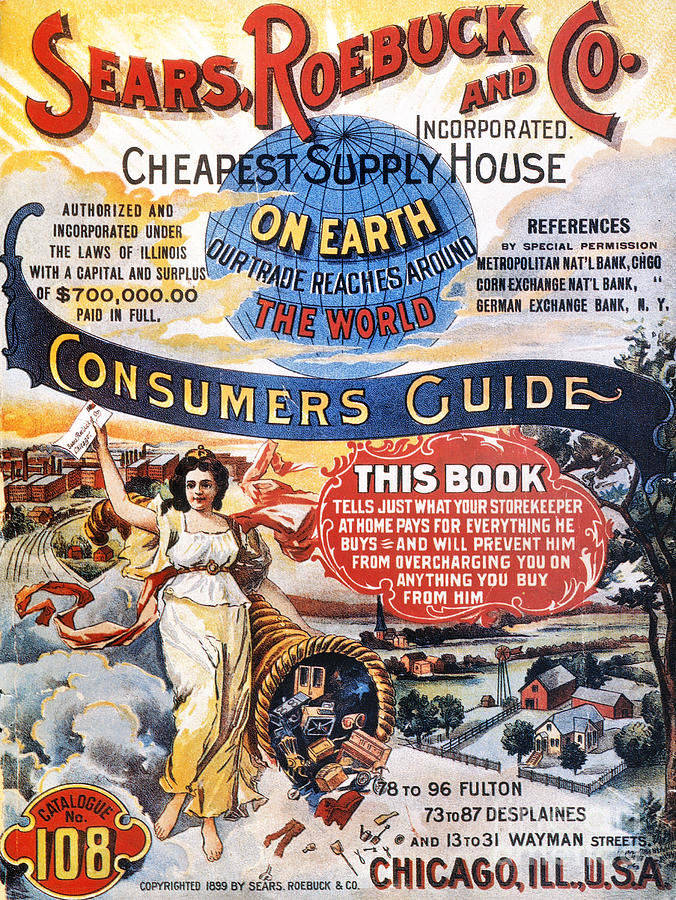“Very few college professors want high school graduates in their history class who are simply “gung-ho” and “rah-rah” with regard to everything the United States has ever done, have never thought critically in their life, don’t know the meaning of the word “historiography” and have never heard of it. They think that history is something you’re supposed to memorize and that’s about it. That’s not what high school, or what college history teachers want.” ~ James W. Loewen
I wish I could have taught like Mr. Peabody’s Wayback Machine in the segment “Peabody’s Improbable History” from the old Rocky and Bullwinkle cartoon show. “Moose and Squirrel” said in my best Boris and Natashia accents. “Improbable History” seems to be anything taught by a blue voting, ‘woke’, ‘libtard’ teacher.
My dream course would pick serious issues facing the United States today and then, using my own form of the ‘Wayback Machine’, follow threads, tracing backwards to how these issues got to be issues and how they might be related…and avoided. Social justice, Civil Rights, Labor, lack of confidence in national institutions, war, etcetera kind of issues. Critical thinking kind of issues.
I don’t know. Some of these subjects I wouldn’t want to touch with a ten-foot Pole or a fifteen-foot Czech in today’s teaching climate. With our notorious lack of geography knowledge, I’m not sure how that joke will go over. Can you find the Czech Republic on a map? Poland? Iran? Iraq? I wouldn’t have wanted to teach them in today’s teaching climate but would have.
The fly in the ointment of my teaching history in reverse using critical thinking is the controversy created by all the propaganda directed at education and the teachers toiling within those ivy covered “enlightened” walls of “larning.” (larn is said as lard except with an ‘n’ instead of a ‘d’. That is so you know I ‘spelt’ it the way some say it down ‘heah’ in the “foothills of the Blue Ridge.”)
I’m sure if I suggested such a course, many people would think I had been abducted by woke aliens, brainwashed, and sent back to warp the minds of little Johnny and Jane. Not all parents, but enough to make teaching more of a challenge than it already is.
Down ‘heah’ in the heart of red voting America. Many parents (not all) and most politicians don’t want teachers to get too far past ‘readin’, writin’, and ‘rithmatic. Low paying jobs don’t require more than that and an educated voter base is counterproductive to certain politicians.
That is a problem with social studies in general and history in particular…at least in my mind. It is also a problem in a world which is controlled by technology and the people trained to operate it and, in our state, we don’t produce enough of those types of graduates.
Who, what (as in the event), and when is easy in history. You are simply memorizing facts, “Just the facts, ma’am. Just the facts,” in my best Joe Friday voice. “In 1492, Columbus sailed the ocean blue” kind of facts. The message boards and comment sections echo, “Just teach the facts, I don’t want ‘Little Johnny’ brainwashed by some Marxist spouting libtard teacher even if the facts I want taught are at best debatable or at worst wrong.” (In 1492…is about the only truism in Jean Marzollo’s poem)
My problem is the how, the why and sometimes the what. “How did this happen and why did it happen?” “What caused it to happen or did it cause some other event to occur.” “What effect did it have.” That goes far beyond ‘facts’ and can move into a debate.
For instance, are we still haunted by the Viet Nam and Cold War years? Who and when are easy but…what caused it, how did it happen, why did it happen, what effects are we still experiencing because it happened. I see many pungi sticks to be stepped on or armed ICBM’s ready to launch.
What about the Civil War? Remember, I taught in the Deep South. “The Lost Cause” is still “strong” and you know where we are headed from there. “Forget Hell.” Arguing the cause of the Civil War versus “The War of Northern Aggression” is likely to devolve into a fist fight.
Antebellum South v North to Civil War to Reconstruction to Jim Crow to Civil Rights to…oh shit. Except in my course, it would be oh shit to Civil Rights to Jim Crow…. I need to rethink this.
Well, there is good news. I’m retired. There will be no accusations of warping the minds of our youth. The ghosts of my classroom failures simply surround me, not the students themselves. The How’s, the What’s, the Why’s…those ghosts. I have deep regrets that I couldn’t have been more and taught in a way that would drive Ron DeSantis or Greg Abbott out of his mind.
I don’t think I was a bad teacher; I just could have been better had I taught more the How’s, the What’s, the Why’s.
***
Don Miller taught history, social studies, and science for thirty-nine years and coached for forty-four years before retiring to the foothills of Blue Ridge with his wife Linda Porter-Miller to their hobby farm which has turned into a wildlife preserve in the middle of golf courses, gated communities, and gaudily attired cyclist. It was turned into a wildlife preserve due to the laziness of the retired folk who live there.
Don’s author’s page may be accessed at https://www.amazon.com/stores/author/B018IT38GM?ingress=0&visitId=47ebc75a-d4b2-4d7f-8c81-2ada38516214&store_ref=ap_rdr&ref_=ap_rdr
















